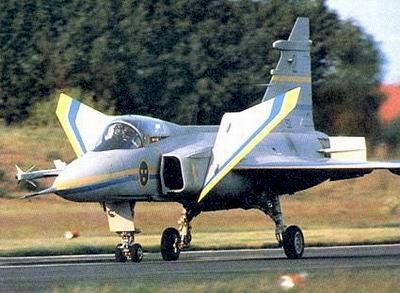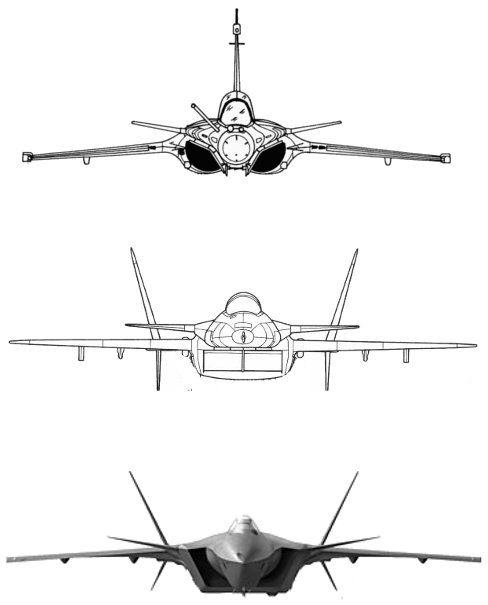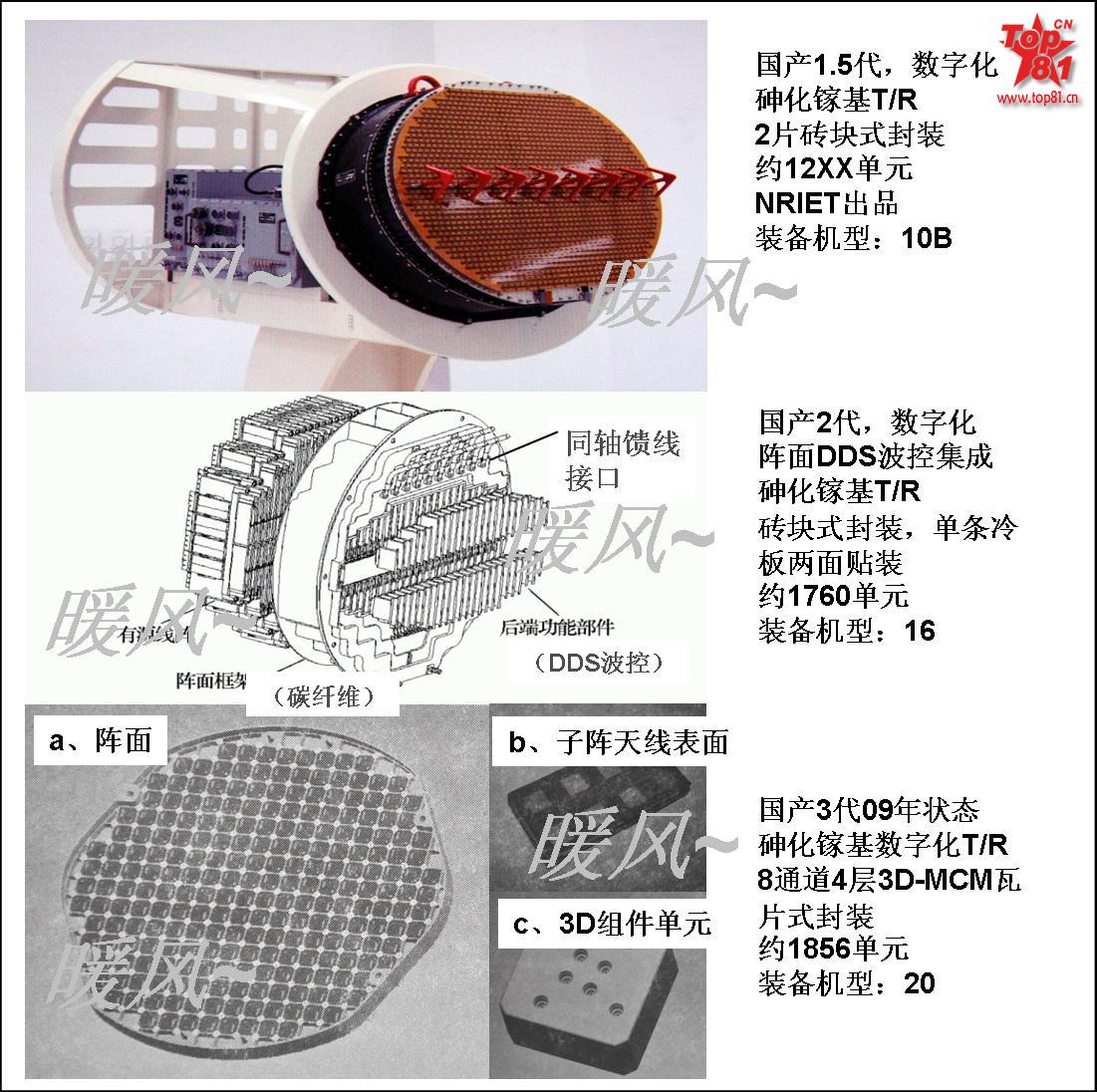Fact: Neither the T-50 nor the J-20 are ever going to match the F-22 for overall stealth simply because they lag behind in the field. Because of which both designs are looking to build their strengths in certain areas ahead of the F-22. The T-50 for eg is relying on being a better air combat fighter than the F-22 and try to get close enough to engage it. The J-20 is looking to simply scoot past the F-22 to get at the targets which are being defended.
If that were the case then the J-20 shouldn't even have canards since canards can adversely affect stealth and make it a lot harder for the J-20 to 'sneak' by.
I read in an article on this forum a while ago that the reason it has canards is the result of a conscious decision by the designers to enable the J-20 to be highly manoeuvrable even though a high performance engine isn't available at the time.
The current Shaping on the J-20 or rather the stealth efforts are different to the T-50. The T-50 looks more to be a compromise for a low rcs in the front 200 sphere while the J-20 will probably present a lower frontal RCS than the T-50. In air combat, if high boresight missiles are taken out of the mix, both the T-50 and F-22 will eat the J-20 for lunch.
Where is the data to support this conclusion?
The raptor is the most advanced fighter in service, yet even it is not invincible - recall the exercises between Raptor & Typhoon/Rafale, where the typhoons were able to get the upper hand, and the Rafales were able to hold their own
However, the J-20 may have a high instantaneous turn rate courtesy of the delta and huge canards which will allow it to take its pot shots at either fighter should they face an encounter.
That, and the two 180kN thrust vectoring WS-15 engines in the production model will make it a highly manoeuvrable fighter.
Moreover, the J-20's recent reveal of the WVR aam missile bays seems to suggest a philosophy of relying on the missiles IR seeker knowing that it will not be able to get a radar lock on a stealth system. Which is why I further support the idea that the J-20 is not looking to engage either fighter in WVR unless it really has to.
All stealth aircraft are designed to deny the enemy from getting a radar lock, that is the whole point of stealth.
The F-22 & PAK-FA will also have similar difficulty locking the J-20 from distance and vice-versa.
The fact that J-20 has bays for SRAAMs means nothing, F-22 has these bays too and no doubt so will PAK-FA.



















